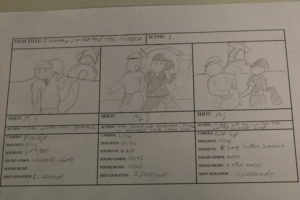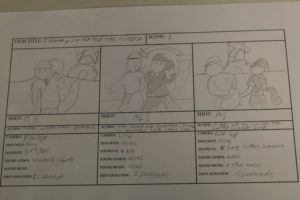

The Kuleshov Effect
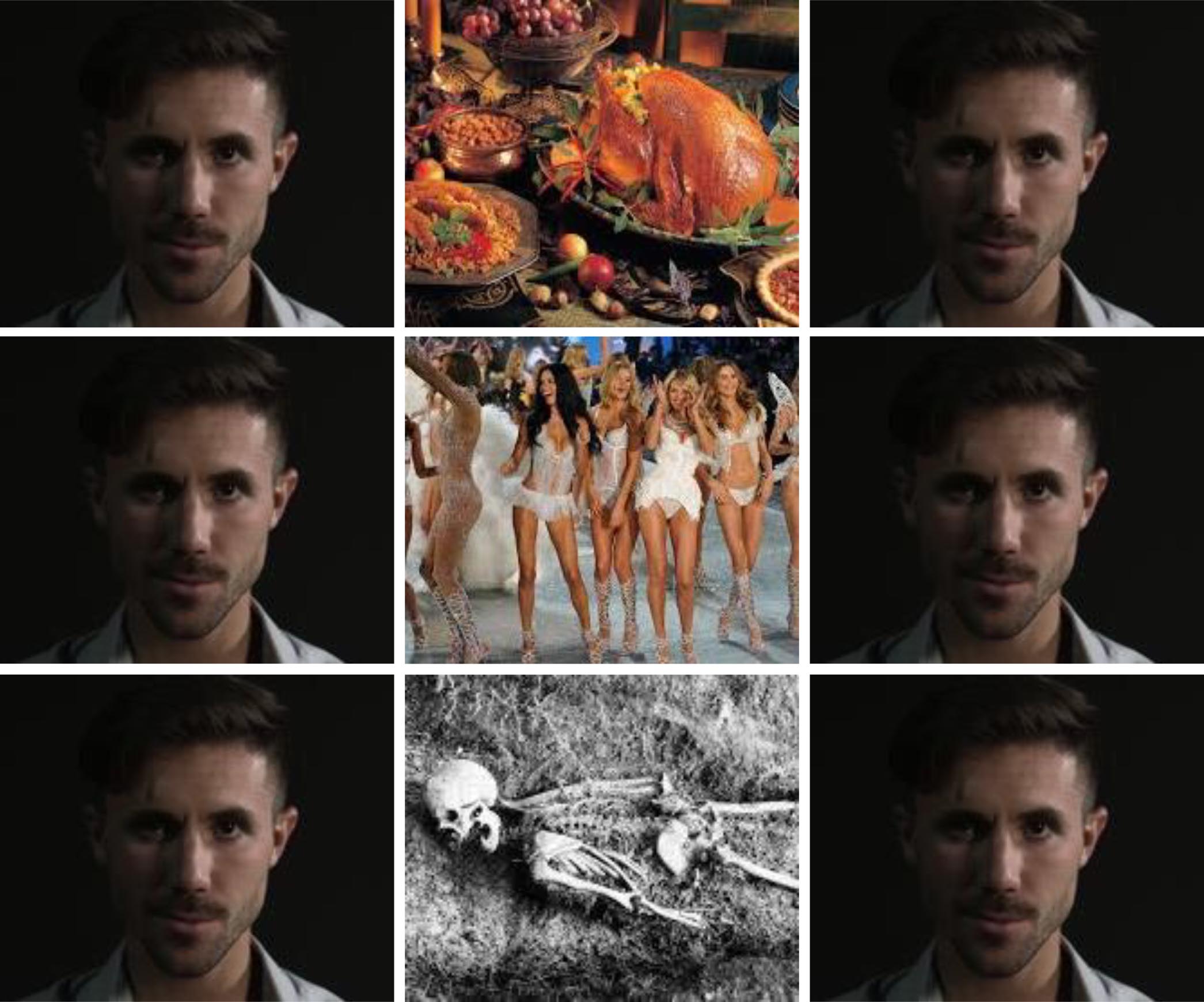
Difference between sound editing and sound mixing
The sound editor is the one who is in charge of the sound elements in the film such as dialogue, sound affects, automated dialogue, background sounds and chooses audio for the soundtrack while the sound mixer is the person who decides what the audience hears at release such as the volume of the soundtrack throughout the film.
The Shining: Steadicam and Symmetry
Steadicam and symmetry is seen in Stanley Kubrick’s The Shining where he uses his signature cinematography techniques of steadicam and symmetry throughout the movie. Steadicam can be seen most clearly during the chase scenes where it is done to keep the characters the same distance from the camera while following as a way to create the theme of horror as the effect on the audience is there is no escape. However when Johnny is following the steadicam its closer to him to show him closing in on Danny, this time the effect on the audience is closing in on Danny. While symmetry is used on each character in the film from Johnny sitting in the center of the lounge to Danny on his tricycle riding down the hall. In the first scenario this alludes to the theme of what drives Johnny mad by the sense of isolation on both the character and audience compared to the second scenario where its Danny’s intrigue in the hotel, however both show the theme of being alone by being central in an almost empty scene creating unease for the audience.

One of the many scenes where both are included is during the first time Johnny goes into the Golden room and drinks at the bar. Steadicam is used similarly in both Gold room scenes but different in both. The first time is the more important as it can be as a comparison of how mad Johnny has become. During this scene when he enters the room the camera follows him to the bar where it shows the theme of isolation by showing the empty room, and clean tables with light shining clearly on the tables. This is also done to surprise the viewer when Lloyd enters the scene, this is done by Kubrick cleverly, as by showing the empty room by steadicam it allows the audience to speculate is this a figment of Johnny’s madness or is this ghost. The smooth transition of going into the room could be significant for what is to occur in the scene such as Johnny passing into another world/time or that Lloyd is a ghost and the camera is Lloyd as the camera never cuts away from Johnny until Lloyd is apart of the focus. The audience could interpret the camera following Johnny and when looking at him at the bar being Lloyd possibly showing he is a ghost.
Symmetry is seen completely through the scene from Johnny walking through the corridor to sitting at the bar to Lloyd serving him. This gives the effect of isolation again in the corridor by Johnny walking centrally through the empty corridor what suggests a soulless room is ahead to further surprise the audience later in the scene. Symmetry is again used at the bar to show Johnny and Lloyd who are both in the central part of the bar, unlike last time the symmetry signifies a mirror image of both characters what can either indicate that they have a connection or whatever happened to Lloyd will happen to Johnny. This will unlikely effect the audience until a second viewing as until the scene in the bathroom it starts to become clear the purpose of Lloyd.


Sound editing and sound mixing
The sound editor is responsible for all of a film’s sound elements such as dialogue and sound effects. Whereas a sound mixer determines how the audience hears everything in the film. A sound mixer can only complete their work when the sound editor has fused the sound elements together
sound editing and sound mixing
The sound editor is responsible for all of a films sound elements including sound effects and automated dialogue and it is not until all of these elements are in place that a sound editor can get to work. the sound mixer however , is the one who determines how the audience hears the sound and they are the ones who decide when to give certain sounds emphasis in certain scenes.
Editing in Whiplash
Whiplash’s final scene was edited by Tom Cross and directed by Damian Chazelle. It is said that the final scene of this film is the one that concluded the decision for the film to be awarded best edited film. The use of cuts throughout the scene build up the tension and make the viewer more and more anxious to see if he successfully performs the song that he failed at so many times during the rest of the film. The song (caravan) is an indication to the viewer that he will fail, we get this feeling because until the final scene very time the song is played he fails and annoys his teacher Terence Fletcher (JK Simmons: Oscar for Best Supporting Actor) so when Andrew completes the song successfully we are filled with joy.
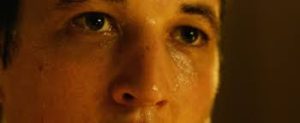
At the very start of this scene there are 2 distinctive shots that are held for longer than most other shots in the film, these shots are close ups of Andrews face after he has been embarrassed by his former teacher, Terence Fletcher, These shots are held to express Andrews emotions and allow the audience to sympathies him even more. After the first held shot it cuts to a shorter shot of the audience who all look very unimpressed and judgmental, It then cuts back to another held shot of Andrew, this is an example of the Kuleshov effect (The Kuleshov effect is a film editing effect demonstrated by Soviet film-maker Lev Kuleshov in the 1910s and 1920s. It is a mental phenomenon by which viewers derive more meaning from the interaction of two sequential shots than from a single shot in isolation) the shot begins with Andrews face and then cuts to the audience and then back to his face again showing his emotion and reaction towards the second shot (the audience).
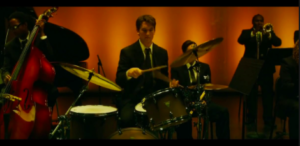
When Andrew comes back on to the stage and begins to play again and the rest of the band join in there is a montage of all the different musicians, a Montage is a technique in film editing in which a series of short shots are edited into a sequence. this particular montage is in time with the music which is aesthetically pleasing for the viewer. This excites the viewer and allows us to feel a sense of pride for Andrew because of how good the music is and the camera cuts make it even better for the viewer.
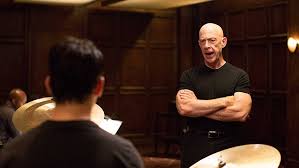
Storyboard
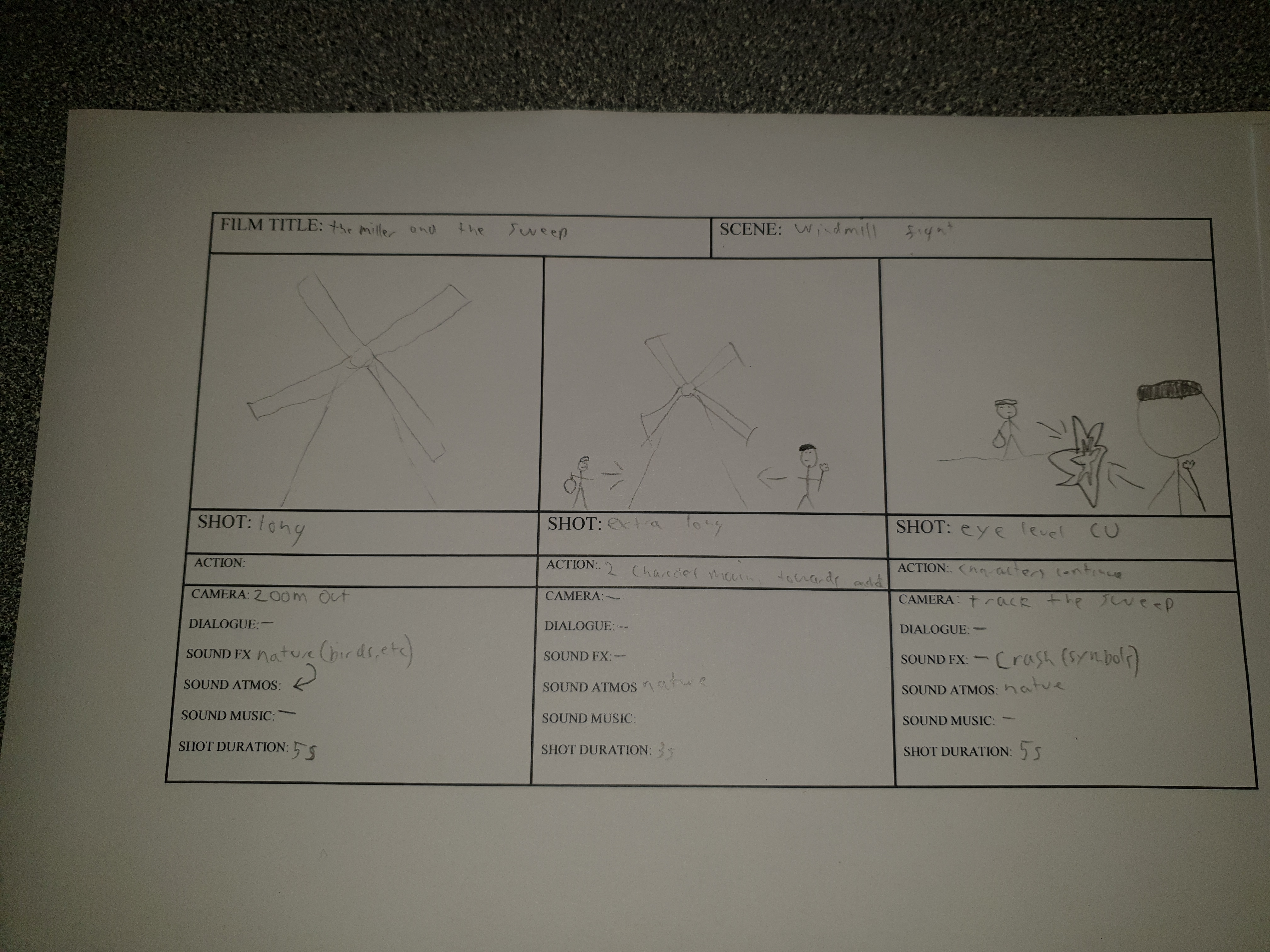

The Kuleshov Effect
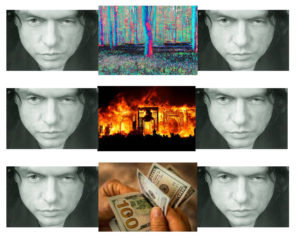
The Kuleshove Effect is when a characters face is shown, then it cuts to something else, and back to the face. This effect works, because it the audience assumes that the face we are seeing is either looking or doing that other thing we were shown between the 2 faces. This shows the power of editing, as the editor can make the character either likable, or evil, depending on what the editor decides to put on in that moment between the faces.
Miller and the Sweep Story Board
